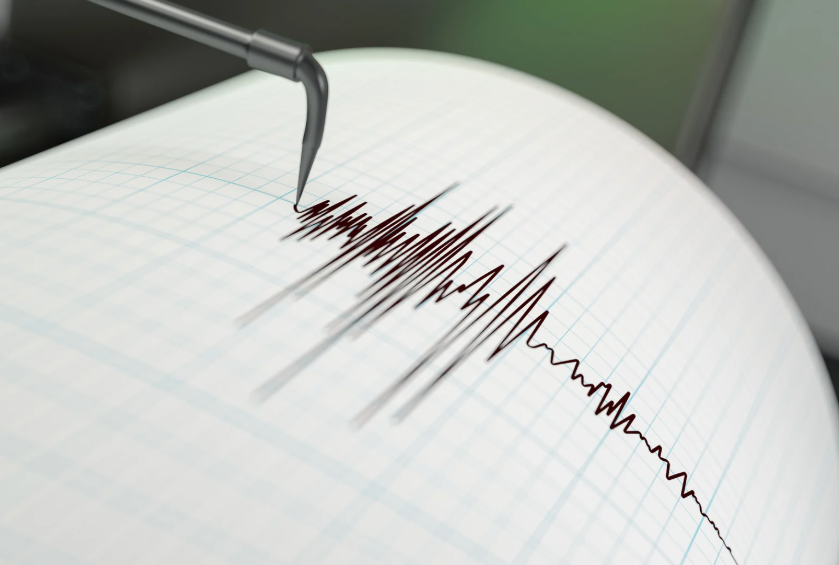Magnitude 4.2 Earthquake Shakes Southern California
On January 5, 2023, Southern California experienced a magnitude 4.2 earthquake that startled residents and shook buildings throughout the region. The quake struck at 10:55 a.m., with its epicenter located near Lytle Creek in the San Gabriel Mountains. Tremors were felt in various counties, including Los Angeles, Riverside, San Bernardino, Orange, and San Diego. Although the earthquake caused widespread alarm, it remarkably resulted in no reported injuries or significant damages.
Seismological Insights into the Event
Seismologists from the California Institute of Technology assessed the earthquake shortly after it occurred. They determined that this seismic event was part of a series of minor earthquakes along a known fault line. The earthquake’s shallow depth contributed to its noticeable effects, allowing people far from the epicenter to feel the vibrations. Accounts from residents described the shaking as short-lived but intense, with instances of rattling windows and swaying light fixtures reported.
Emergency Response and Public Safety
Following the earthquake, the Los Angeles Fire Department undertook a comprehensive citywide assessment to ensure public safety. Their evaluation determined that no emergency services were necessary, as there were no critical incidents resulting from the quake. Nonetheless, officials utilized this opportunity to remind residents about the importance of earthquake preparedness in a seismically active region.
Preparedness and Home Safety Measures
As Southern California frequently contends with seismic activity, local officials urged residents to revisit and update their earthquake preparedness plans. Securing heavy furniture, keeping emergency kits stocked with essential supplies, and familiarizing oneself with evacuation routes are pivotal steps residents should take. Such proactive measures can contribute to minimizing risks and maximizing safety during potential future earthquakes.
The Broader Context of Seismic Activity
This recent seismic event has provoked renewed discussions regarding the inherent vulnerability of Southern California to larger earthquakes. Experts have pointed out that while smaller quakes like the one experienced on January 5 are relatively common, they underscore the necessity for continuous investment in infrastructure resilience. It is widely recognized that a comprehensive understanding of seismic threats can play a crucial role in safeguarding communities from potential disasters.
Public Awareness and Community Engagement
In addition to infrastructure investments, public awareness campaigns are vital in promoting an informed citizenry. Southern Californians are encouraged to be vigilant, remaining aware of the seismic landscape in which they live. Educational initiatives, community drills, and ongoing discussions about emergency preparedness can engage residents and foster a collective commitment to enhancing safety during seismic events.
Conclusion
The magnitude 4.2 earthquake that shook Southern California on January 5 serves as a reminder of the region’s seismic dynamism. While the event concluded without injuries or significant damage, it highlights the need for ongoing preparedness and responsiveness among residents. By understanding the local seismic context, taking practical safety measures, and engaging in community discussions, Southern Californians can fortify their readiness for future earthquakes.
Frequently Asked Questions (FAQs)
What should I do during an earthquake?
If you are indoors, drop to the ground, take cover under a sturdy piece of furniture, and hold on until the shaking stops. If you are outside, move to an open area away from buildings, trees, and power lines.
How can I prepare my home for an earthquake?
Secure heavy furniture and appliances to the walls, keep emergency kits ready with food, water, and first aid supplies, and develop a communication plan with family members.
Are earthquakes in Southern California common?
Yes, Southern California is seismically active due to its location along multiple fault lines. Minor earthquakes are frequent, while larger, more destructive quakes occur less often but are always a possibility.
What infrastructure measures can help mitigate earthquake damage?
Investments in retrofitting buildings, improved ground reinforcement, and adherence to building codes can enhance infrastructure resilience against earthquakes.
When should I review my earthquake preparedness plan?
Regularly reviewing your preparedness plan is advisable, especially after experiencing an earthquake. It’s also beneficial to do a thorough review at least once a year or after moving to a new area.

